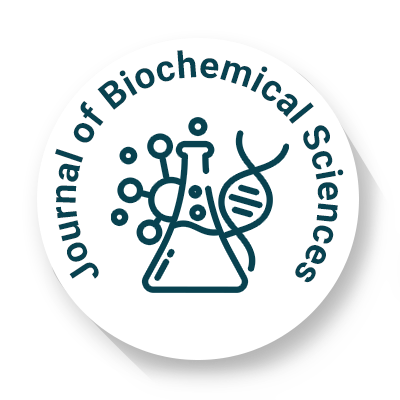
Journal of Biochemical and Sciences
OPEN ACCESS

OPEN ACCESS

Department of Biotechnology, Mits School of Biotechnology, Bhubaneswar, Odisha, India
Long noncoding RNAs (lncRNAs) are a class of RNA molecules that play crucial regulatory roles in gene expression. Unlike protein-coding RNAs, lncRNAs influence gene expression at multiple levels. including chromatin modification, transcription, and post-transcriptional regulation. These regulatory functions are essential for various biological processes, such as development, disease, and cellular homeostasis. LncRNAs have diverse applications in biotechnology. For instance, targeting lncRNAs offer promising therapeutic strategies for treating diseases caused by aberrant gene
expression. Additionally, lncRNAs can serve as valuable biomarkers for early disease detection and monitoring, improving patient outcomes. In agriculture, manipulating lncRNAs can enhance crop traits, such as disease resistance and stress tolerance, contributing to improved agricultural productivity and sustainability. Despite significant progress in lncRNA research, challenges remain in understanding their specific functions and developing effective applications. Continued research is essential to fully harness the potential of lncRNAs and advance our understanding of gene regulation and its implications for human health and agriculture. By addressing these challenges and exploring new avenues of research, we can unlock the full potential of lncRNAs to benefit society.
Received 30 July 2024; Revised 28 August 2024; Accepted 20 September 2024
Department of Biotechnology, Mits School of Biotechnology, Bhubaneswar, Odisha, India